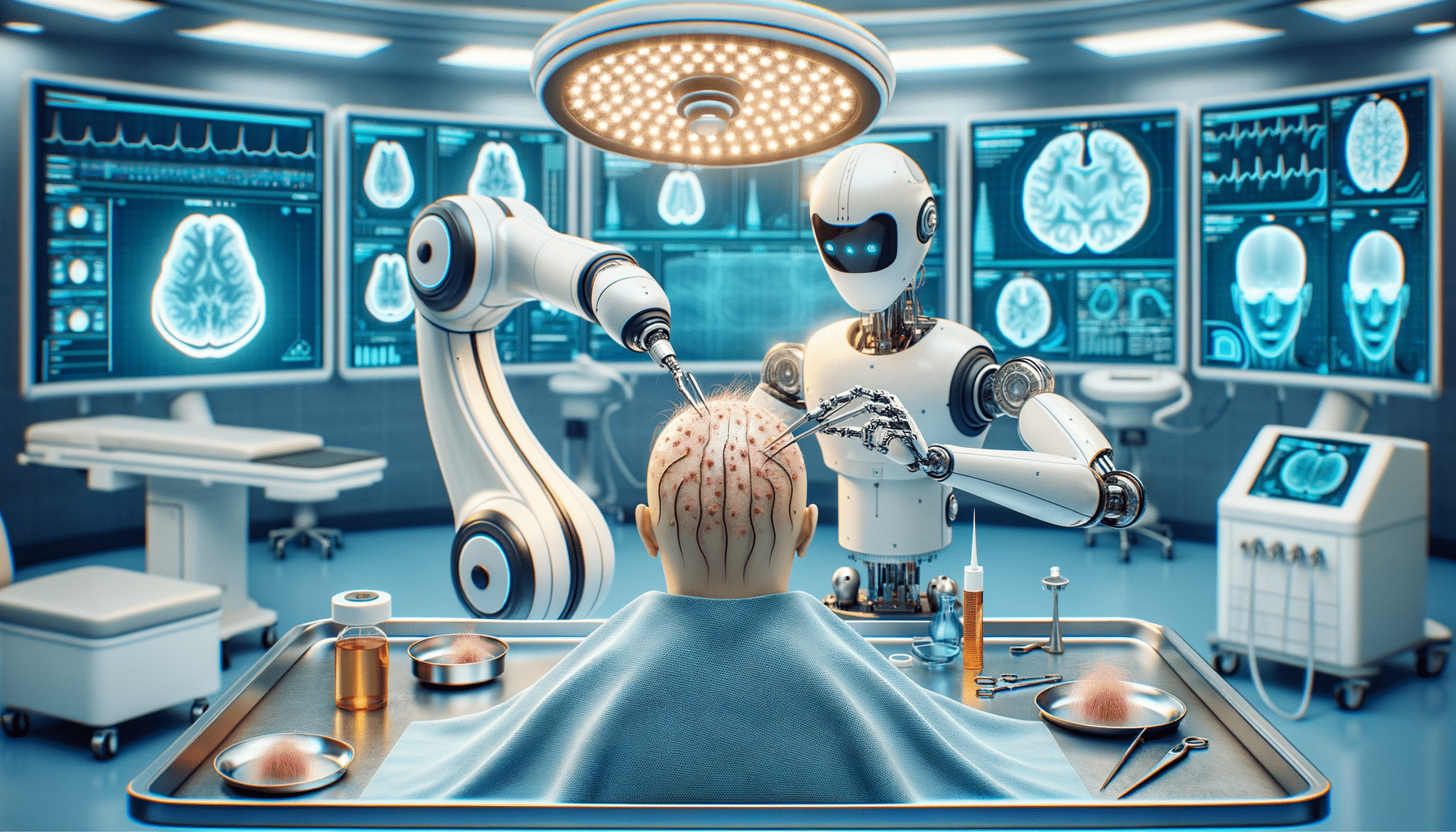
AI’s Role in Hair Transplantation: Enhancing Precision and Outcomes
The Intersection of AI and Hair Transplantation
In recent years, the integration of artificial intelligence (AI) into the medical field has revolutionized various procedures, including hair transplantation. This intersection is a promising development as it enhances precision and outcomes in hair restoration. AI’s ability to analyze vast amounts of data quickly and accurately makes it a valuable tool in this domain. By leveraging AI, professionals can optimize graft placement, analyze hair characteristics, and potentially contribute to more consistent results.
AI’s role in hair transplantation primarily involves the use of machine learning algorithms to assess the scalp’s condition and determine the most effective treatment plan. These algorithms can evaluate factors such as hair density, scalp health, and the pattern of hair loss, providing a comprehensive analysis that guides the transplantation process. This data-driven approach ensures that each patient receives a tailored treatment plan, enhancing the overall success rate of the procedure.
Moreover, AI-powered robotic systems are being developed to assist in the transplantation process. These systems can perform tasks with a level of precision that surpasses human capabilities, such as extracting and implanting hair follicles with minimal damage to the surrounding tissue. This technological advancement not only speeds up the procedure but also reduces the risk of human error, leading to improved patient outcomes.
Technological Advancements in Hair Transplantation
The technological advancements in hair transplantation have been significant, with AI playing a crucial role in driving these innovations. One of the key developments is the use of AI in the analysis of hair characteristics. By utilizing sophisticated imaging techniques, AI can assess the texture, thickness, and growth patterns of hair, providing valuable insights that inform the transplantation process.
AI’s ability to process and interpret complex data sets allows for the creation of detailed 3D models of the scalp. These models provide a visual representation of the patient’s hair loss pattern, enabling surgeons to plan the transplantation with greater accuracy. The use of AI in creating these models ensures that the grafts are placed strategically, maximizing the aesthetic outcome for the patient.
Additionally, AI is being used to develop predictive models that forecast the long-term success of hair transplantation procedures. By analyzing historical data from previous patients, AI can identify trends and patterns that indicate the likelihood of successful outcomes. This predictive capability allows practitioners to set realistic expectations for their patients and make informed decisions about the best course of treatment.
- AI-driven imaging techniques for hair analysis
- Creation of 3D scalp models for precise planning
- Predictive models for long-term success forecasting
Challenges and Future Prospects
Despite the promising advancements, there are challenges associated with integrating AI into hair transplantation. One of the primary concerns is the need for extensive data to train AI systems effectively. The accuracy and reliability of AI-driven solutions depend on the quality and quantity of data available. As such, ongoing efforts are needed to collect comprehensive data sets that represent diverse patient demographics and hair types.
Another challenge is the initial cost of implementing AI technology in medical practices. The development and maintenance of AI systems require significant investment, which may be prohibitive for some clinics. However, as AI technology becomes more widespread and cost-effective, it is likely that more practitioners will adopt these solutions, leading to broader accessibility for patients.
Looking ahead, the future prospects for AI in hair transplantation are promising. As technology continues to evolve, we can expect further enhancements in the precision and efficiency of hair restoration procedures. AI’s potential to personalize treatment plans and predict outcomes will likely lead to even higher success rates, ultimately benefiting patients seeking hair restoration solutions.
- Data collection for AI training
- Cost considerations for AI implementation
- Future enhancements in AI-driven hair restoration


